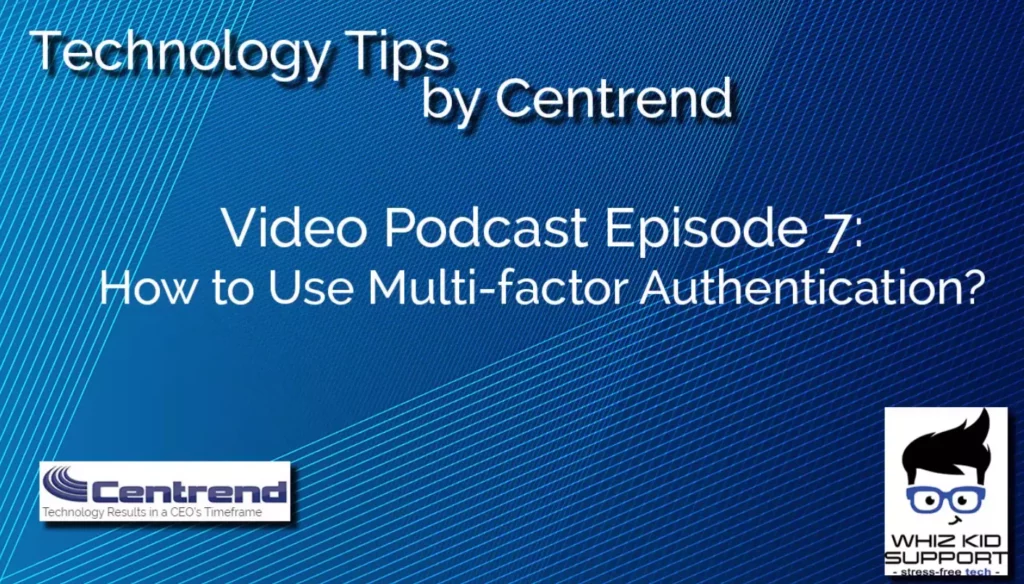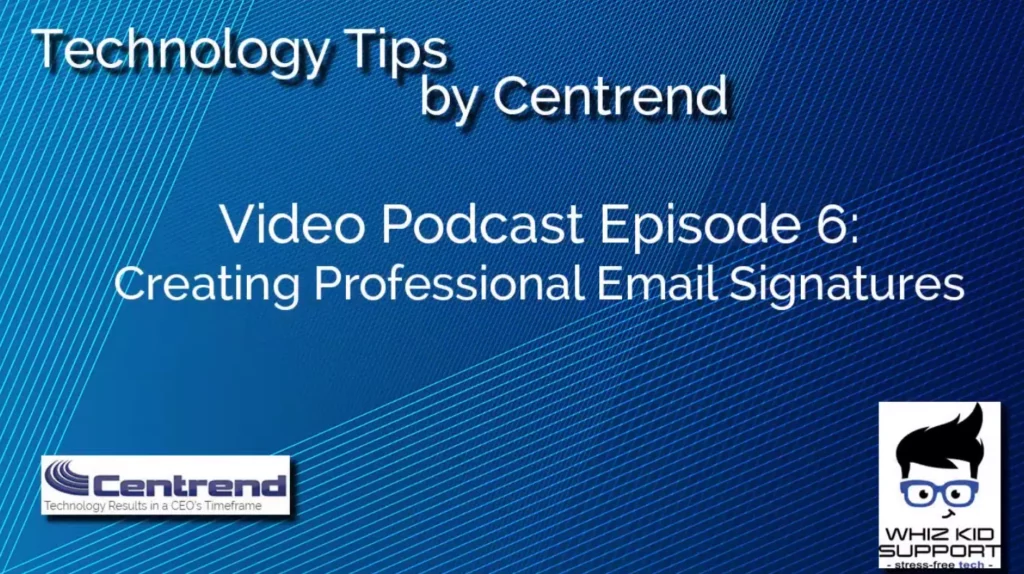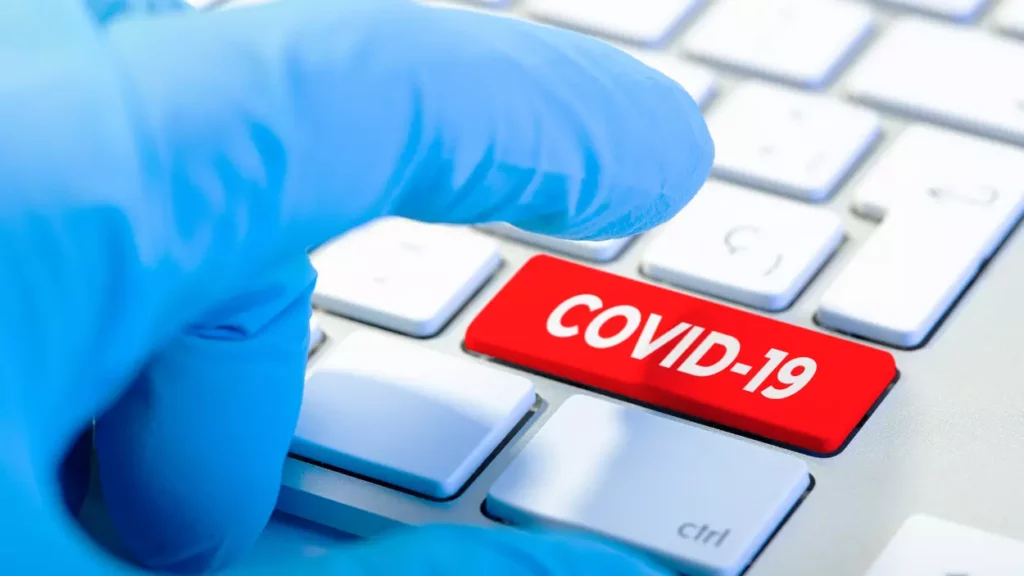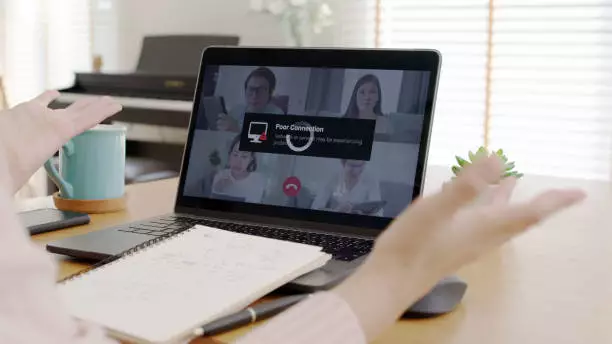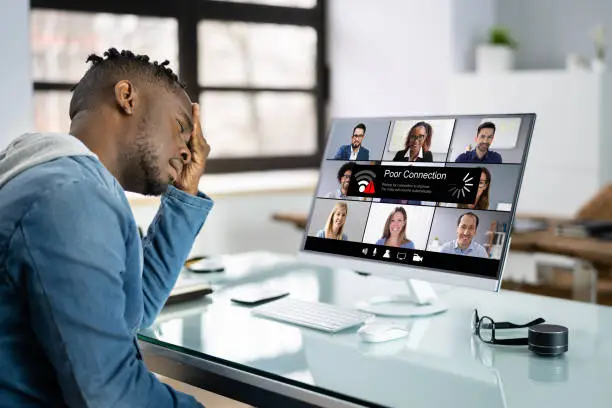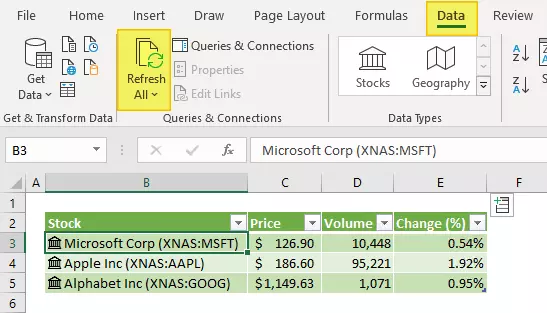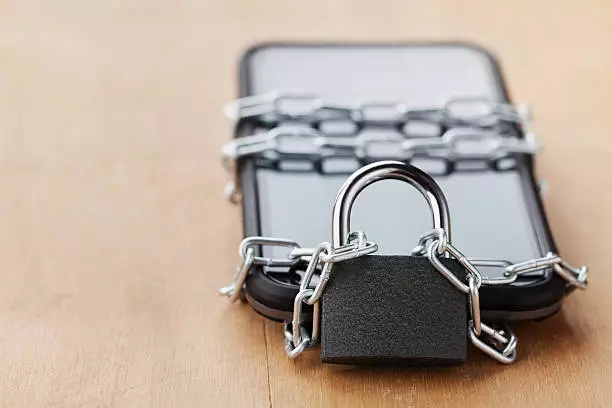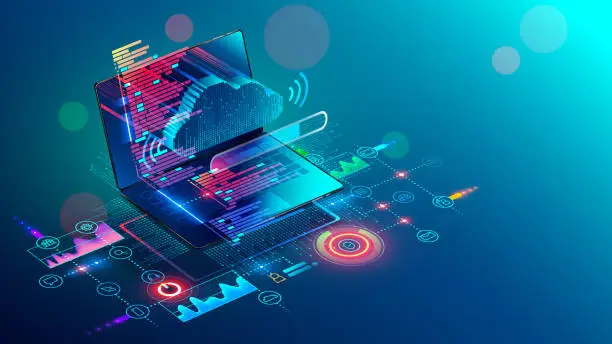How to Use Multi-factor Authentication
https://www.youtube.com/watch?v=lW7FhDMmzNY Multi-factor authentication is a very secure process of keeping your sensitive data private. In this blog, I explain in simple terms what Multi-factor authentication is, why you should use it where available, and how you can use it to keep your data private. First, what is Multi-factor authentication and why is it so strong? Think of Multi-factor authentication as a temporary, second password. Where can you use multi-factor authentication? Multi-factor authentication is commonly used by banks but more and more websites and other services are catching on to it. Here are a few areas you’re likely able to use Multi-factor authentication or, MFA for short: Bank Account Log-ins Facebook Gmail or Microsoft accounts. Mortgage or Car Payment websites Any site or service that requires a high degree of trust How Multi-factor Authentication Works When you log into a website, for example, before you are granted access, you are required to enter a second password. See the diagram below: Step 1: Log into the website.Behind the scenes, the website sends a code to either your cell phone via text message, your email account, or your Authenticator App as I demonstrate in the Video Blog post. Step 2: You enter the code into the website and you are then granted access. You must enter this code within a certain time limit or you’ll need to start the login process again. Many sites will allow you to establish more than one method of receiving the code. This is great for times when you don’t have your cell phone handy but you can get to your computer. Where Can You Find the Settings? Different websites call multi-factor authentication different things. They may also refer to it as 2-step verification or 2-factor authentication. It all means the same thing for our purposes. Check these areas and if multi-factor authentication is offered, you should be able to find it: My Account User Profile App Settings App Preferences Security Settings So the next time you are on a website or accessing a service that you feel you would really like to protect, check whether it offers multi-factor authentication. It’s a great way to keep your data safe and your online information private. If you ever need help with any aspect of cybersecurity or online privacy, please reach out to us for a free consultation or security assessment.
How to Use Multi-factor Authentication Read More »

